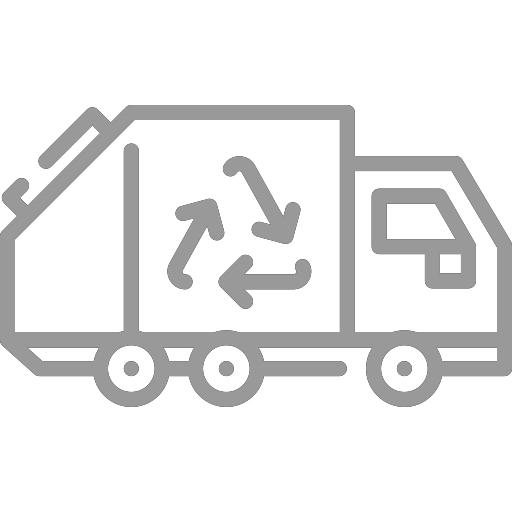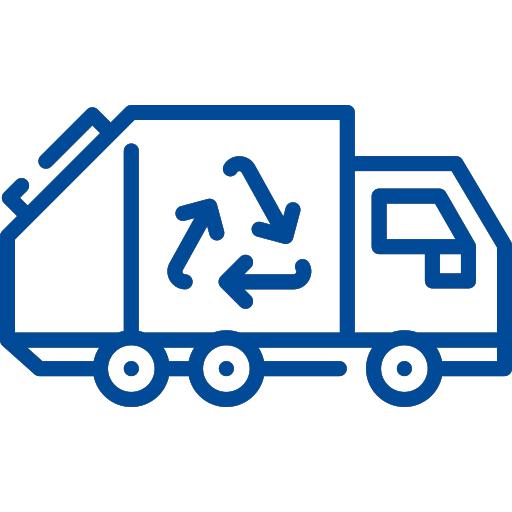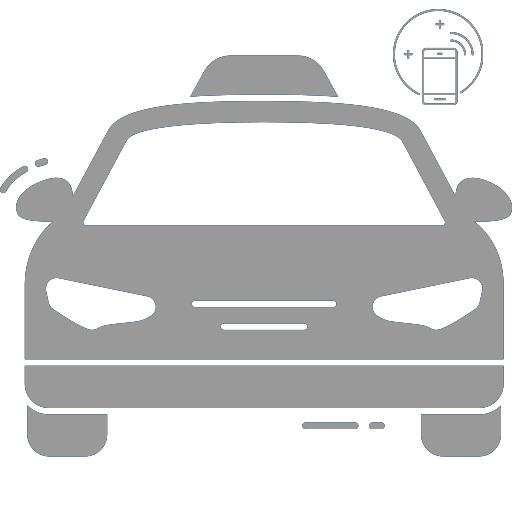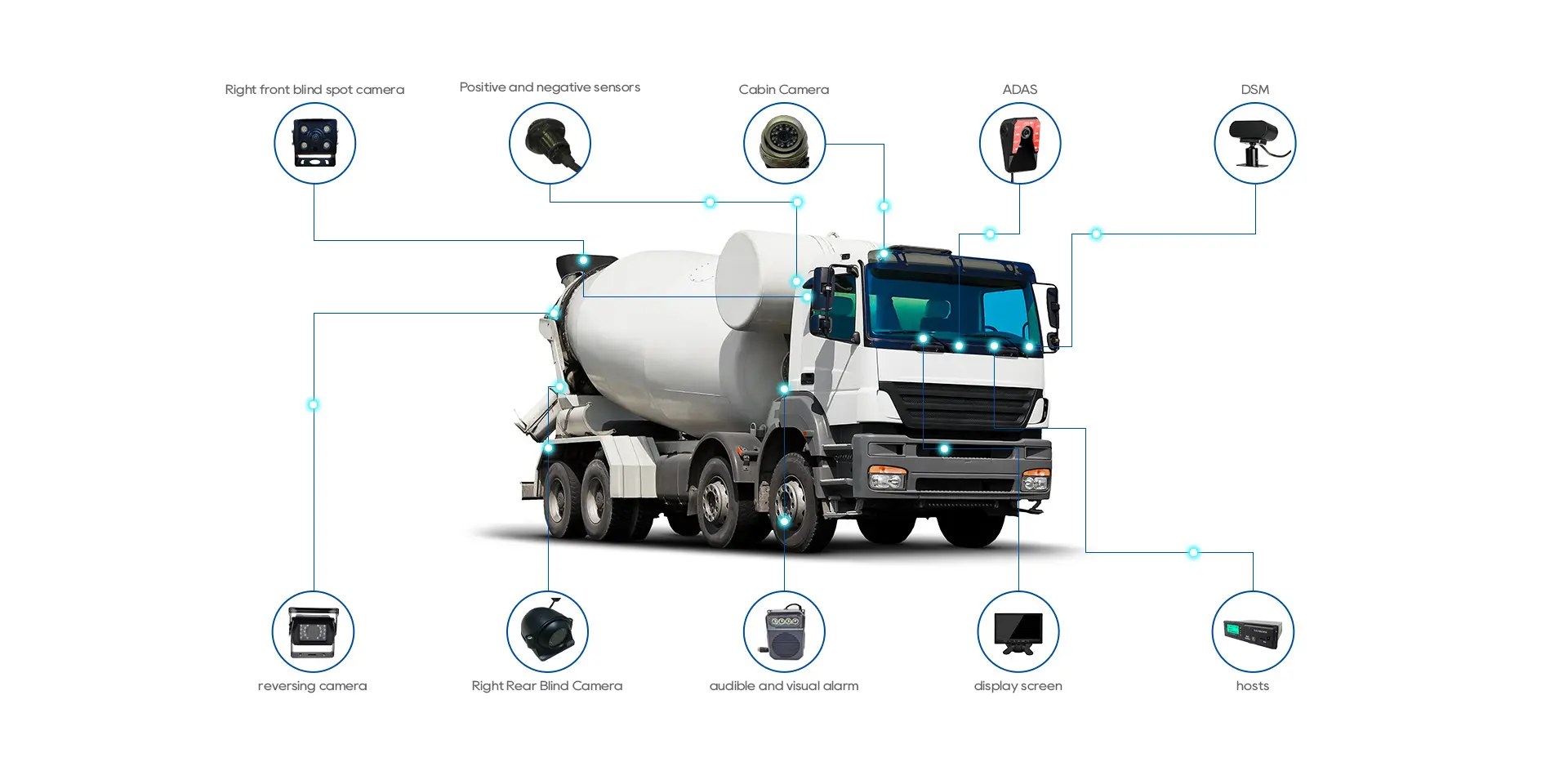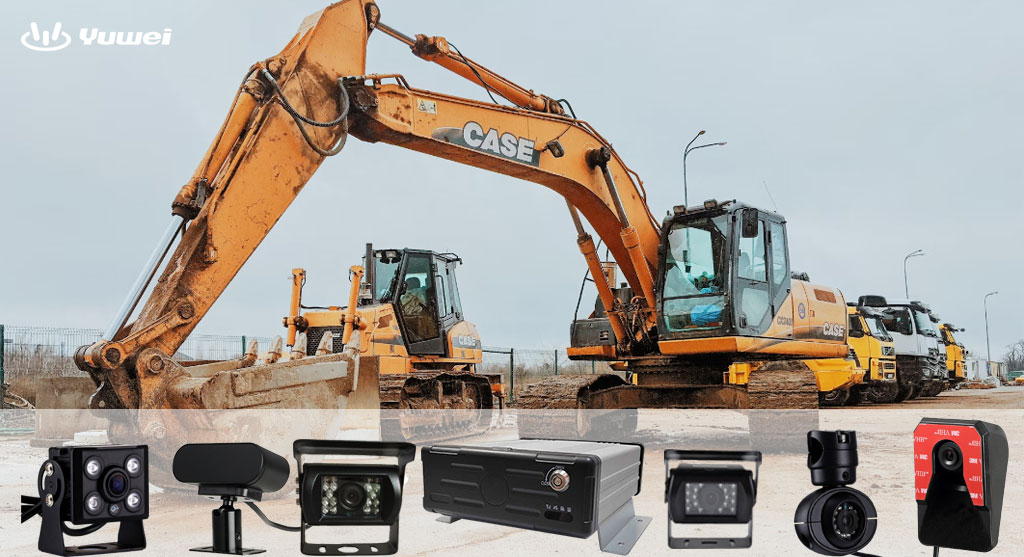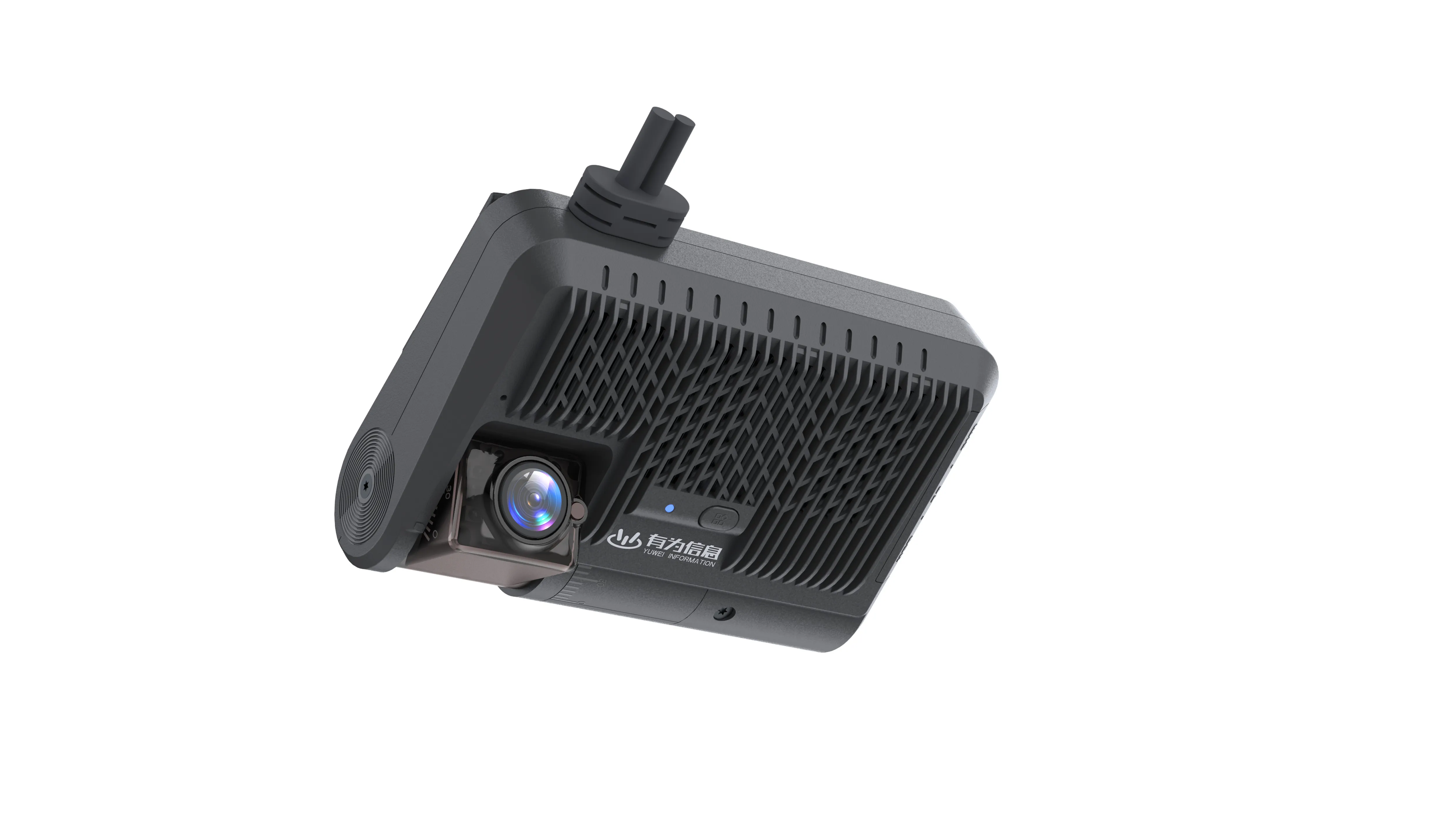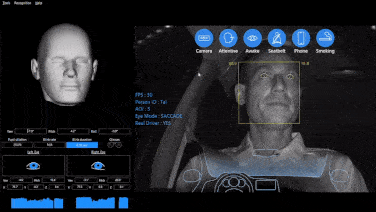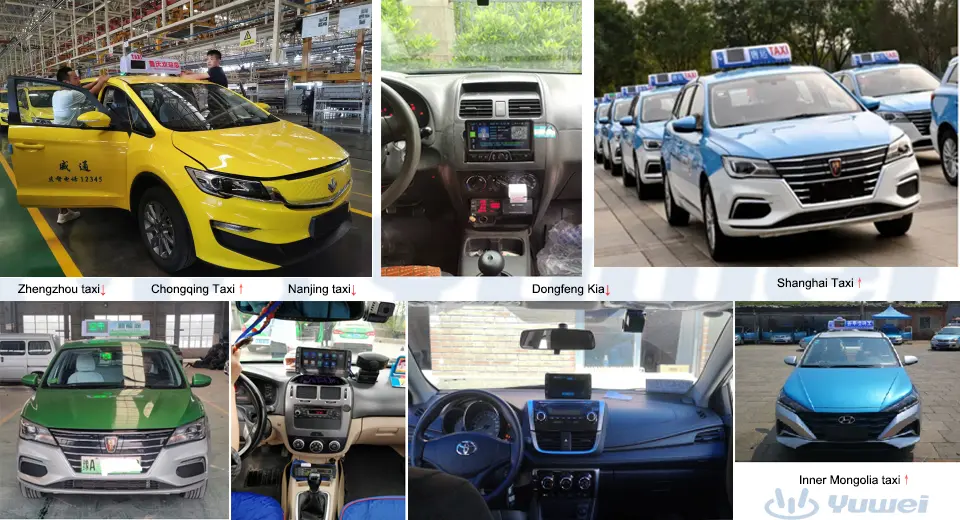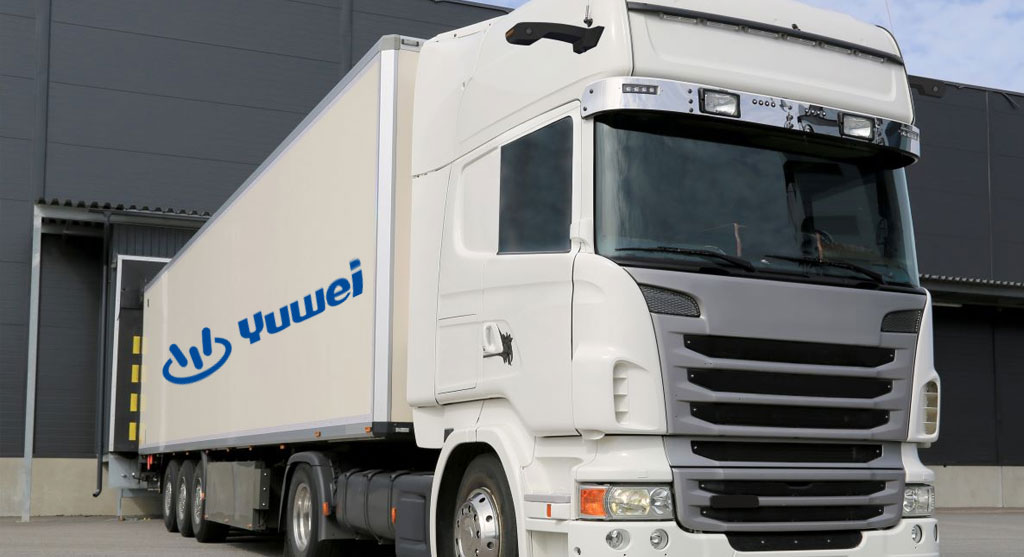Refrigerated Truck Tracking Management System
Refrigerated Truck Management System
As the economy develops and people's living standards improve, the demand for cold chain food is increasing. During storage and distribution, the variety of items requiring refrigeration and freezing, such as seafood, frozen semi-finished products, packaged cooked food, and flowers, is expanding, necessitating diverse temperature environments.

The Refrigerated Truck Tracking Management System has become a core part of supply chain management in the cold chain logistics industry. Besides monitoring the temperature inside refrigerated truck compartments and controlling refrigeration systems, the cold chain transportation monitoring system also includes recording functions, traceability, real-time remote monitoring, vehicle GPS positioning, temperature monitoring, fuel consumption monitoring, and more. This enables real-time transparent management, real-time remote monitoring, real-time vehicle positioning, full traceability, and comprehensive temperature control of refrigerated transportation.
Challenges in Refrigerated Truck Tracking Management
1. Inefficient Non-Real-Time Monitoring without Alerts
The final quality of cold chain products depends on storage and circulation time, temperature, and the product's own shelf life, with a stable temperature being particularly important. Traditional cold chain temperature and humidity monitoring requires frequent manual measurements and written records, consuming time and labor without achieving ideal results. Large temperature fluctuations cannot be predicted, and timely adjustments cannot be made, causing significant irreversible losses to cold chain products.
2. Blind Spots in Vehicle Route Process
Long-distance transportation requires timely knowledge of vehicle location and operational status. Some routes require specific paths, and without effective technical means, the vehicle can become disconnected during transportation, leaving the driver in full control and preventing central dispatch or regulatory personnel from viewing the vehicle's operation, thus hindering effective supervision and management.
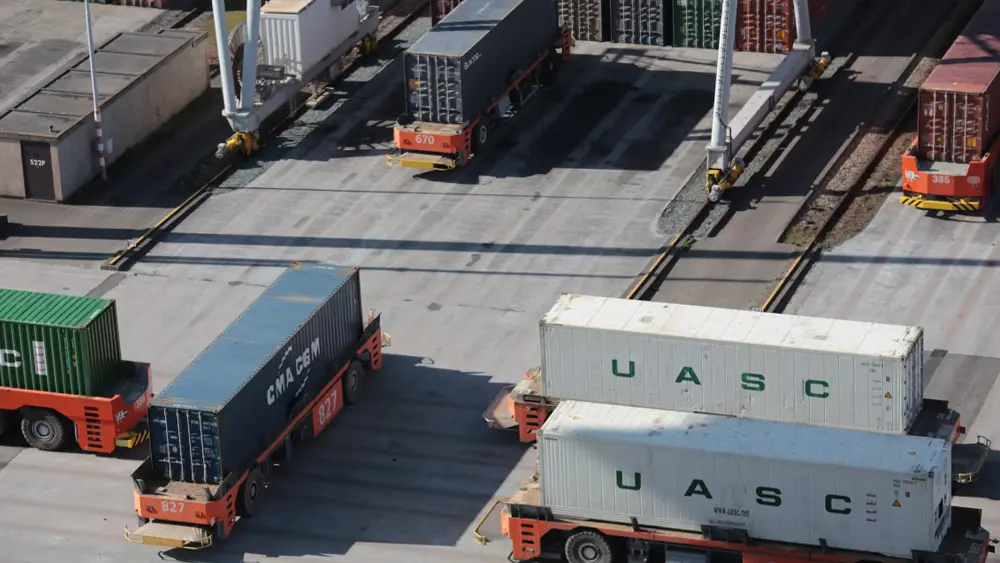
3. Irregular Driving
During long-distance transportation, drivers can easily become tired and distracted, posing significant safety risks. Instances of speeding, sudden acceleration, sharp deceleration, sharp turns, and improper behaviors such as calling, smoking, or dozing off while driving seriously affect driving safety.
4. Difficult Fuel Consumption Management
Some drivers may secretly steal fuel during long-distance transportation, causing unnecessary financial losses for the transportation company. Real-time collection of vehicle fuel consumption data would greatly facilitate management measures for operational enterprises.
5. Difficulty in Post-Accident Evidence Collection
Various accidents may occur during vehicle transportation, such as traffic accidents, cargo loss, or cargo damage. Without effectively and continuously saving historical data in real-time during transportation, it is challenging to conduct event analysis, trace back incidents, and determine accident responsibility when accidents occur. This hampers the overall management level and causes significant difficulties for operational enterprises and government supervision.
Solution
The YUWEI Refrigerated Truck Tracking Management System uses onboard intelligent terminals, temperature sensing devices, video monitoring equipment, and other hardware, leveraging industry-leading technologies such as big data analysis, wireless transmission, and AI. This system provides an integrated solution for cold chain logistics vehicle network information. By installing intelligent onboard terminal kits on cold chain logistics vehicles, the onboard monitoring system can not only track and record the geographical location of vehicles but also monitor and record the operational status of freight vehicles and the work of personnel throughout the process, preventing driver violations. Additionally, it can provide effective evidence in case of disputes and claims from customers upon delivery of goods, thus safeguarding the company's and customers' interests and enhancing the company’s image. Through the wireless monitoring system, managers and drivers can understand the geographic location and operational status of freight vehicles in real time via the network, generate operational statistical reports, and more, thereby providing better and more convenient services to customers and enhancing the competitiveness of logistics enterprises.
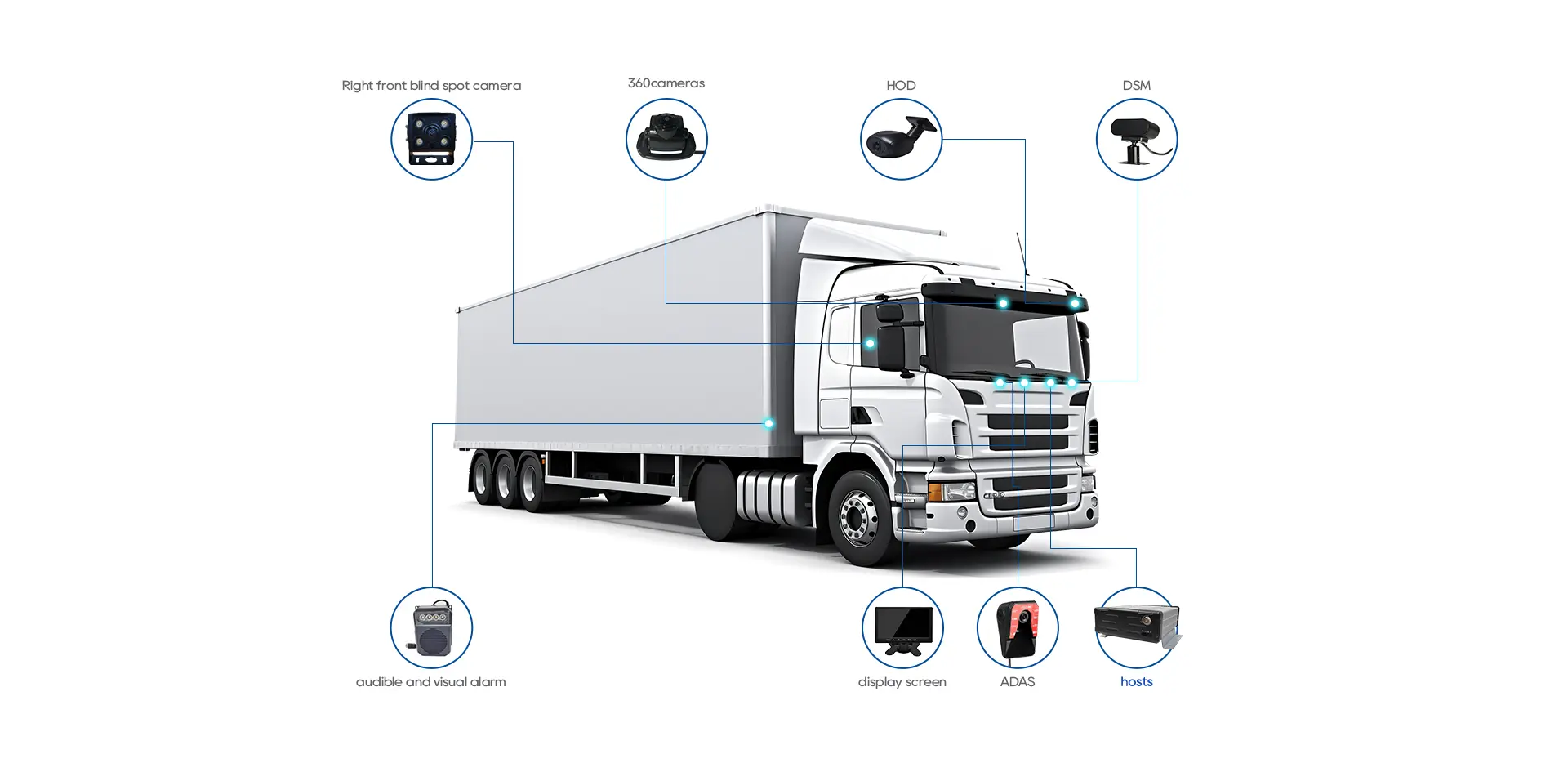
Functions of the Refrigerated Truck Tracking System
1. Real-Time Temperature and Humidity Monitoring
Installing temperature and humidity sensors inside the vehicle to collect and store data in real-time significantly reduces the manual labor and various drawbacks of early manual collection. Real-time monitoring triggers alerts to the driver and cloud monitoring platform immediately upon detecting abnormalities, preventing more significant losses.
2. Video Monitoring
Real-time video monitoring of the vehicle allows remote viewing of various site conditions and historical video data. During left and right turns, the vehicle's interior can dynamically switch to show the corresponding position's video, providing driving assistance to the driver. It also provides a basis for accident analysis and tracing.
3. Safe Driving Assistance System
The built-in safety module of the onboard terminal can monitor the driver's status through the Driver Status Monitoring (DSM) system, detecting behaviors such as yawning, closing eyes, smoking, calling, drinking water, and looking around. Additionally, the Advanced Driver Assistance System (ADAS) includes functions such as Forward Collision Warning (FCW), Headway Monitoring Warning (HMW), and Lane Departure Warning (LDW).
4. Vehicle Driving Status Detection
The onboard terminal's unique GSensor algorithm detects dynamic vehicle statuses such as sudden acceleration, sudden deceleration, sharp turns, and collision alerts, enhancing driver behavior supervision.
5. Positioning and Monitoring During Operation
The vehicle's GPS geographic information/satellite positioning system can send positioning signals to the vehicle monitoring dispatch center in real time. Vehicle location, speed, and direction information can be dynamically displayed on the GIS map. The service center can ultimately achieve vehicle positioning, navigation, service rescue, and trajectory recording functions.
6. Basic Information Management
Includes management of onboard terminal equipment, vehicle management, fuel management, personnel information management, route information management, fleet information management, and company information management.
7. Emergency Alarm Function
Real-time SOS alarms through the alarm and status panel allow immediate activation during emergencies. Alarm information is automatically uploaded to the monitoring center, and in-vehicle images pop up on the center display screen. The GIS map icon for the alarm vehicle blinks, allowing the monitoring center to communicate remotely with the vehicle in real time.
8. Large-Capacity UPS Redundant Backup
Optional large-capacity UPS prevents the onboard monitoring terminal from losing power during traffic accidents, ensuring continuous data collection and storage at the accident scene.
9. Operational Analysis Reports
The system provides generation, query, display in EXCEL format, statistical graph display, and printing of various operational reports, enabling companies to comprehensively understand operational conditions and providing detailed and timely data support for analysis and decision-making.
More:4 Channel Car DVR | Multi-camera Dash Cam System | Fuel Theft Monitoring System

















